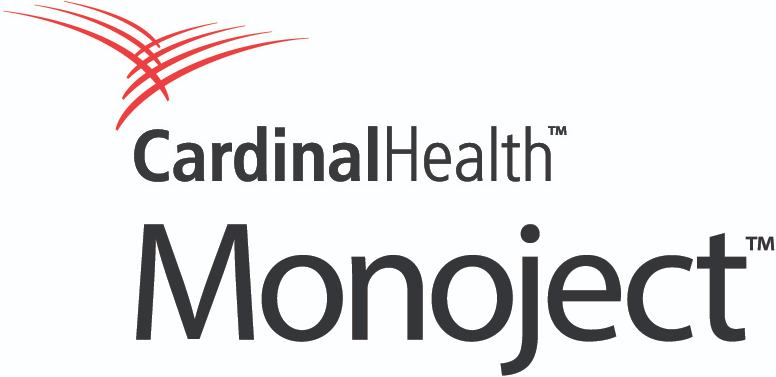Needlestick injuries are common ― and preventable
Needles and syringes are being used now more than ever due to a surge in vaccinations. To help you reduce sharps injuries, the Cardinal Health™ Monoject™ Sharps Safety team has curated insights and best practices into a helpful infographic. Download it now to learn more.

